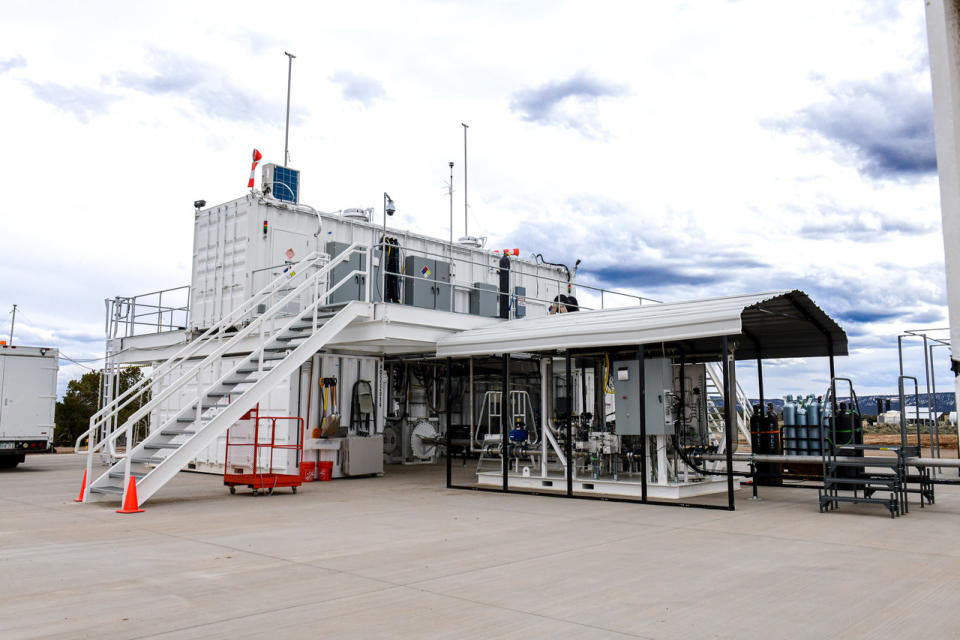Agile Space Industries fires up Animas test stand to meet soaring demand
Despite the space industry’s incredible growth over the past 10 years, there are still few places in the United States dedicated to testing rocket and spacecraft engines. This isn’t a problem for large companies like SpaceX and Blue Origin, which can afford to build their own, but almost everyone else is stuck with long wait times and high costs.
Agile Space Industries is looking to change that. Founder Daudi Barnes started the company in 2019 to augment the work of his previous company, Advanced Mobile Propulsion Test (AMPT). AMPT provided hypergolic engine testing, but as Agile, the company has expanded into propulsion systems, thrusters, rocket engines, and ground support equipment.
The Colorado-based startup already operates one test stand, called Sunshine, which AMPT stood up in 2010. Last week, it inaugurated a second stand, called Animas — the only commercial facility capable of vacuum testing hypergolic engines more than 300 pounds and up to 6,000 pounds of thrust, the company says.
“The market is just really, really expanding really fast right now,” Animas project manager Graham Dudley explained. “The barrier to entry for rocket engines has gotten lower, so there’s a lot of people in that game. For testing though? It’s really, really hard to do.”
Animas is designed for modularity, so it can be used for test campaigns ranging from early prototype testing to qualification and acceptance testing. The stand is built on skids, in pieces that can be moved or replaced out, so Agile can handle whatever kind of test it (or a customer) needs.
Engine testing provides the company an additional revenue stream, offering services to other space ventures while also enabling quicker in-house engine development.

Image Credits: Agile Space Industries
“Being able to have easy access to testing earlier in your programs is really helpful,” Agile’s lead test engineer Mesa Hollinbeck said. “We’ve run into several programs, back when we were AMPT, that got really far into their design before they actually hot fired [the engine], and it didn't work. So they've had four plus years of design and development that they have to reboot on, and that's really, really expensive and hard for your schedule prediction. So having access to testing early is definitely a problem for a lot of the industry.”
Vacuum testing is especially important for in-space propulsion systems, because that test is specifically designed to simulate the space environment. But this is resource-intensive, Hollinbeck said: “A lot of smaller NewSpace companies, it's just really expensive to put that infrastructure in and they don't want to make that investment. They want to spend their money in other places. It’s somewhat easy to make a cool hot fire video of an engine in the desert with your really cheap test stand, but to get actual data that allows you to fly your equipment — it’s a higher level of sophistication.”
Owning the test bed means that Agile engineers have access to ample data on their systems. It's a competitive edge in the space propulsion market, which has become increasingly crowded as the cost to launch spacecraft to orbit has dropped. Many engines fire for the first time on orbit, but that could change as more high-profile, costly missions head to the moon and deep space.
Dudley said that some of the external requests for testing that Agile has received indicated “a concern from multiple organizations that there is not enough testing of the engines that are going into some of the missions that they're supporting, and that it's putting those missions at risk.”
“We are hearing that directly, that the reason they want to come to us is because they're concerned that if they can't find testing, it'll increase the risk profile for their missions, and it's unacceptable for them going forward.”

